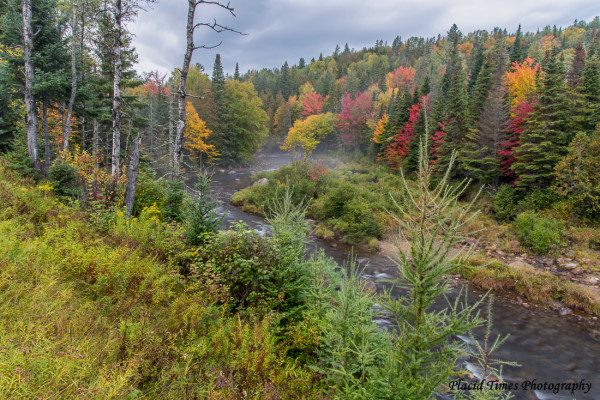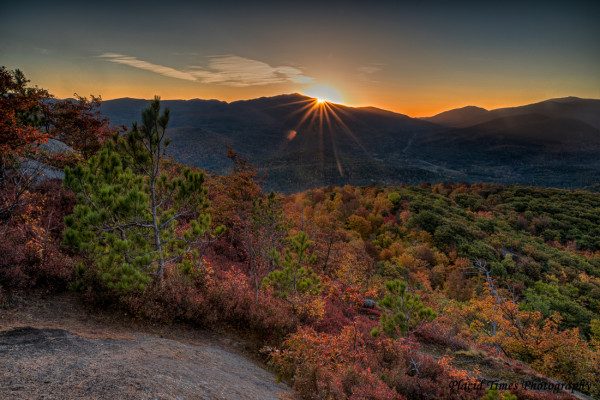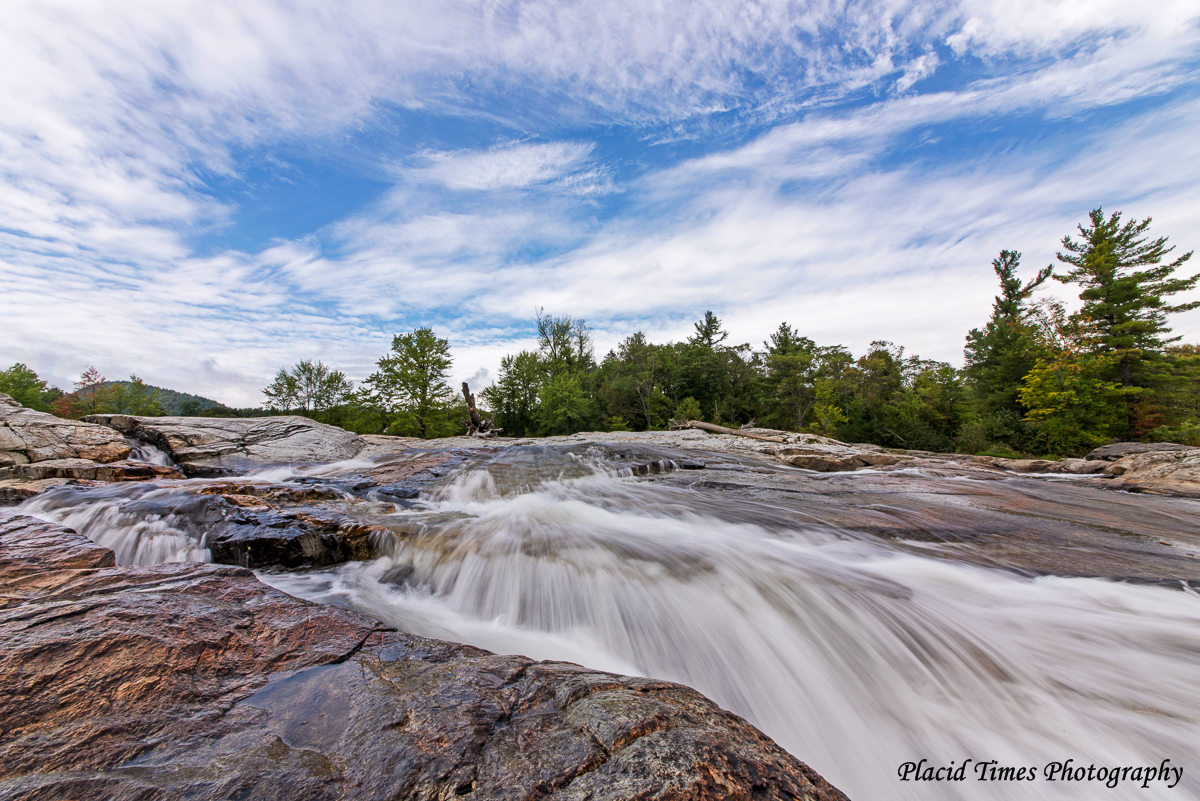By John DiGiacomo
This year while photographing fall foliage in New York’s Adirondack State Park, I added two versatile Sigma lenses to my arsenal: The Sigma 24-105mm F4 DG Art lens and the Sigma 12-24mm F4.5-5.6 II DG lens.
This image was taken along the East Branch of the Au Sable River in the Hamlet of Jay, using the Sigma 12-24mm lens mounted on a Nikon D810. I had noticed a modest clearing in the clouds working itself towards the river, so I switched to the 12-24mm and positioned myself to capture both interesting foreground and middle ground elements while the sky itself (background) was developing a show of its own. My tripod mounted camera was placed approximately 12 inches from the foreground rocks, at an angle that allowed me to include enough of the cascading water to make for an interesting middle ground. I decided to set the focal length to 12mm (122 degree angle of view) to include as much sky as possible. An aperture of f22 provided depth of field, while a shutter speed of 1/8th of a second allowed me to hold detail in the cascading water. A circular polarizing filter at set at maximum strength removed glare from the foreground rocks, while enhancing the skies texture. Lastly, a split ND filter was used to hold detail in the clouds.
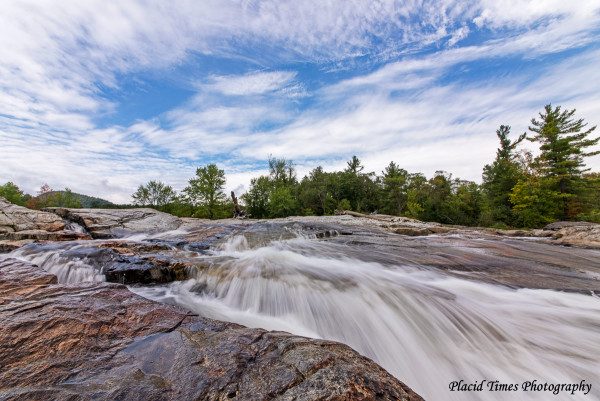
The following image taken along the East Branch of the Au Sable River in the Hamlet of Keene Valley, using the Sigma 24-105mm lens mounted on a Nikon D810. After analyzing this scene, for several minutes, I decided that my vision was calling for a small wide angle panoramic image. I captured five vertical images at a focal length of 32mm with 50 percent overlap. A focal length of 32mm allowed me to keep all the necessary elements of a strong wide angle composition (interesting foreground, middle ground and back ground). An aperture of f22 provided depth of field, while a shutter speed 5 seconds allowed for that silky smooth water. A circular polarizing filter set somewhere between 75% and 100% strength removed glare from the rocks and water, while revealing the rocks on the rivers bottom. Lastly, a 2 stop split ND filter was used to hold detail in the sky.
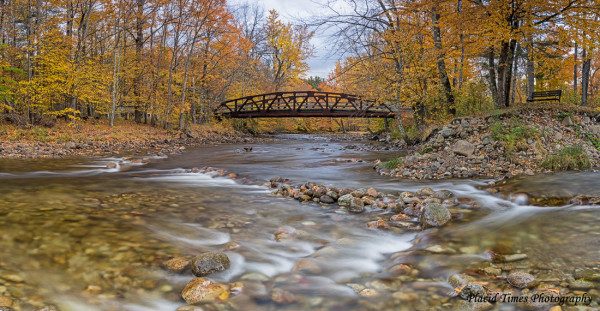
Capturing small panoramas is a technique I use quite often. In many instances I will use only three or four vertical images in the 45mm to 105 mm focal length range to compress the scene and reduce the distortion produced at wider angle focal lengths. An example of this technique is depicted below in this woods road scene which combined four vertical images (50% overlap) at a focal length of 105mm.
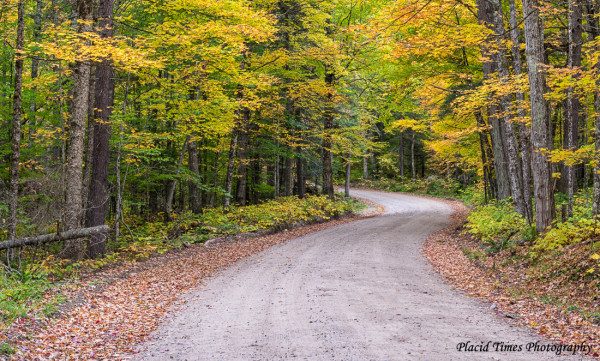
The following image was taken along Route 73 in Lake Placid, using the Sigma 24-105mm lens mounted on a Nikon D810. It had been raining for a good part of the day and while making the late afternoon drive home, I came across this scene. After setting up I realized that one image was not going to capture the full tonal range, so I decided on a three image HDR at one stop intervals. The final image was created using the new Photo Merge feature in Lightroom CC. An aperture of f22 provided depth of field, while using a focal length of 24mm. A circular polarizing filter at maximum strength removed glare from the wet foliage (Gray Skies), while enhancing the fall colors.
